Your Questions About Natural Gas, Answered
Natural gas is powering our modern way of life and helping to cut CO2 emissions. Here’s what this energy revolution is all about.
Learn MoreNatural gas is powering our modern way of life and helping to cut CO2 emissions. Here’s what this energy revolution is all about.
Learn More
January 20, 2021
Each year, America’s natural gas and oil companies provide hundreds of million dollars to the Land and Water Conservation Fund (LWCF), which supports preservation projects nationwide. In 2019 alone, energy companies provided nearly $880 million to the fund from revenues from offshore natural gas and oil projects.
The Fund has distributed over $16 billion in state and local assistance grants and other investments since its launch in the early 1960s, money used to support parks, national forests, wildlife refuges, state and local projects and more, including the Grand Canyon, the Great Smoky Mountains and the Rocky Mountains. This year, $227 million will be distributed from the Land and Water Conservation Fund to all 50 states, five U.S. territories and the District of Columbia.
Here are five ways the Land and Water Conservation Fund are protecting our national treasures
The LWCF has provided approximately $283 million to Colorado over the past five decades. The funding has helped to protect Canyon of the Ancients National Monument, Great Sand Dunes National Park, and the Arapahoe-Roosevelt, Gunnison, Rio Grande, and Uncompahgre National Forests.
More than $26 million in funding from the LWCF helped to establish the Great Sand Dunes National Park and Preserve in 2005. The national park encompasses North America’s tallest sand dunes, as well as a variety of diverse landscapes including mountains, tundra and wetland.
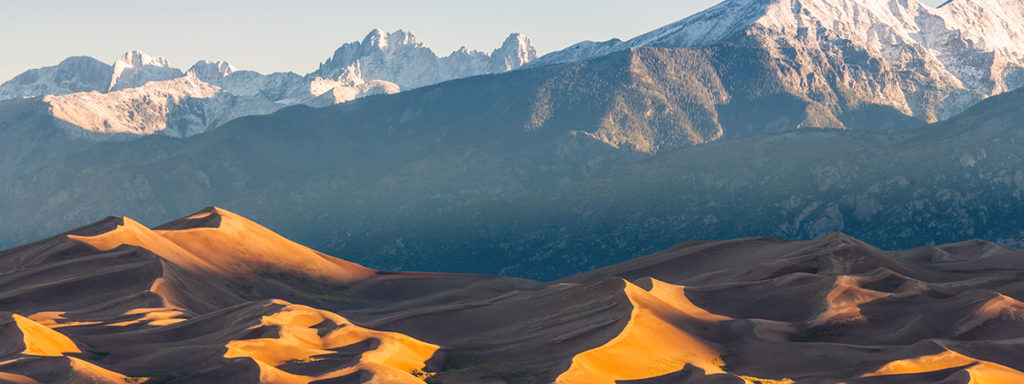
In 2013, over $1.8 million in support from LWCF was used to ensure public access to the 920-acre Cross Mountain Canyon Ranch on the Yampa River and the surrounding 88,000 acres of public lands. In addition to being a popular spot for hiking and boating, the conservation area sits along the Rocky Mountain elk migratory route, providing some of the best big game hunting in Colorado.
2. Building a New Park in New Mexico
Backing from the LWCF helped to support the creation of Valle de Oro National Wildlife Refuge. The 570-acre area is the Southwest’s first urban national wildlife refuge.
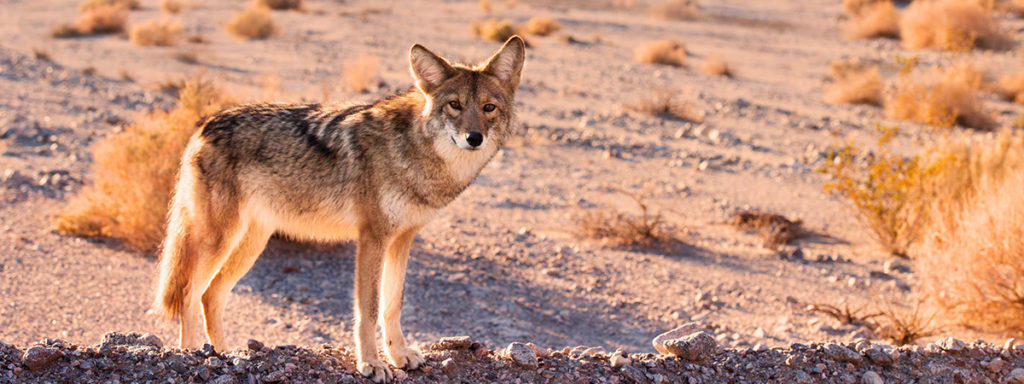
“The creation of this site really was community driven so establishing it really impacted the community,” said Aryn LaBrake, the executive director of Friends of Valle de Oro National Wildlife Refuge. “People were able to advocate for this property to become a green space and then see their own vision emerge.”
It’s just one of dozens of projects supported by the approximately $333.6 million the state has received from the LWCF through early 2020.
3. Expanding a National Park in Ohio
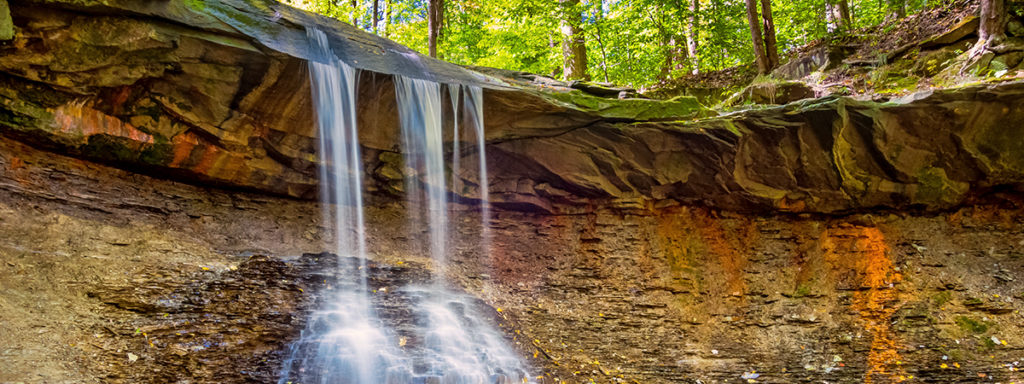
The Cuyahoga Valley National Park, nestled between Cleveland and Akron, includes the land where the Cleveland Cavalier’s former arena once stood. Rather than developing that land after the arena closed, the Trust for Public Land purchased it with money supplied by the LWCF and transferred the 327 acres to the National Park. It’s now been returned to its natural state. The Wayne National Forest and the James Garfield National Historic Site have also benefited from $347.6 million in LWCF support the state has received through early 2020.
4. Creating Recreational Spaces in Pennsylvania
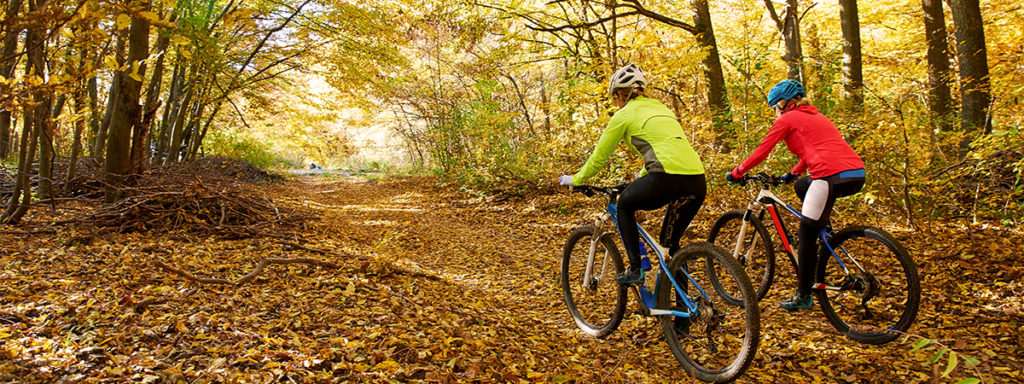
The Keystone State has used the $335.2 million it received in funding from the LWCF through early 2020 to conserve and enhance parks and public lands, including the Flight 93 National Memorial, the Appalachian National Scenic Trail, the Gettysburg National Military Park and the Valley Forge National Historical Park. Recently, the city of Bethlehem received a grant, supported by the LWCF, to renovate the city’s popular Memorial Pool.
5. Protecting Wildlife in Texas
Since its founding, the LWCF has provided about $610 million to the Lone Star State, as of early 2020. The money has supported projects in the Big Thicket National Preserve, the Padre Island National Seashore and the San Antonio Missions National Historic Park.
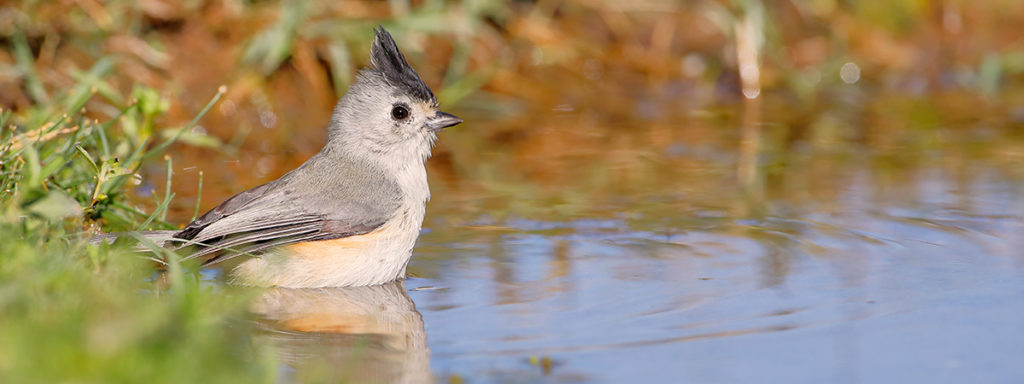
The Balcones Canyonlands National Wildlife Refuge, which has received LWCF backing, supports at least 375 species of birds, at least 1,500 plant species, over 120 native tree species, 55 species of mammals, 70 species of reptiles and 80 species of fish.
What is the single biggest reason for the reduction of carbon dioxide emissions in the United States?
Correct! The U.S. Energy Information Administration reported that from 2005-2019, 65% of the decline in CO2 emissions in the electric power sector was attributable to switching from coal-fired to natural gas-fired electricity generation. Learn more about the power of natural gas.
Good try! The U.S. Energy Information Administration reported that from 2005-2019, 65% of the decline in CO2 emissions in the electric power sector was attributable to the switching from coal-fired to natural gas-fired electricity generation. Learn more.
More From API
Read on for in-depth articles about how we’re securing America’s energy future, our efforts to combat climate change, and more.
New innovations make it possible to produce more energy with fewer emissions Combatting emissions of methane, a potent greenhouse gas, […]
Learn MoreBetween now and 2050, according to the Energy Information Administration, the American demand for electricity will increase 1% each year. To […]
Learn MoreWe’re taking five key steps to reduce greenhouse gas emissions
Learn MoreWe use cookies to offer you a better browsing experience, analyze site traffic, personalize content, and serve targeted advertisements. If you continue to use this site, you consent to the use of cookies. Read more about our Privacy Policy and Terms and Conditions.
accept